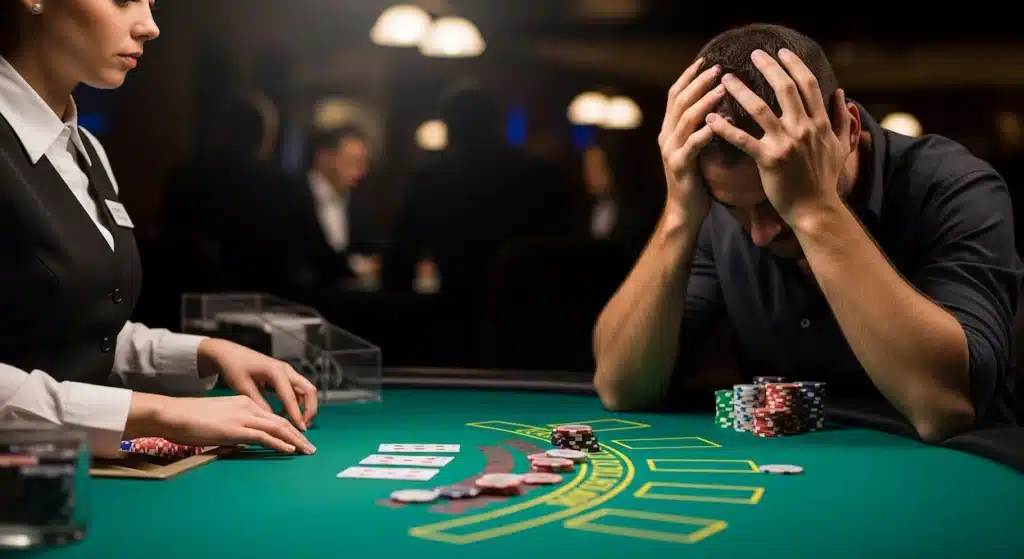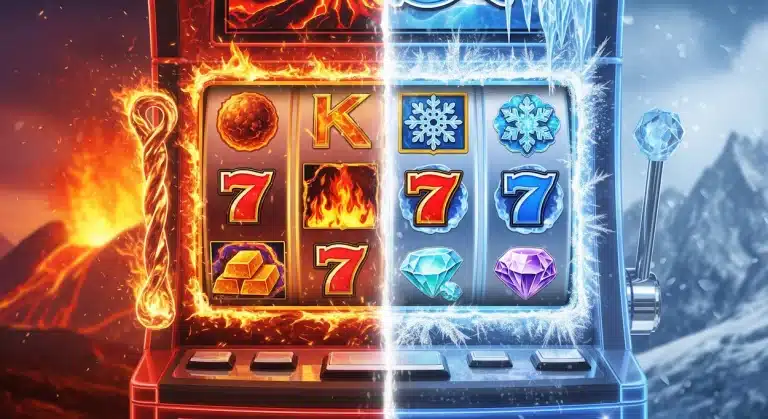Navigating the world of blackjack can be intimidating, but with a solid grasp of basic strategy, you can dramatically reduce the house edge and turn the odds in your favor. While many players focus on memorizing charts, avoiding common and costly mistakes is just as critical. This guide will walk you through some of the most basic strategy blunders to steer clear of at the blackjack table.
1. Ignoring Basic Strategy Charts
The single biggest mistake a new or even a seasoned player can make is to rely on gut feelings or superstition instead of following a basic strategy chart. These charts are not arbitrary; they are the result of millions of computer simulations that have determined the mathematically optimal play for every possible hand against every dealer’s upcard.
- The Mistake: Standing on a 12 against a dealer’s 2 or 3, or a 16 against a dealer’s 7 or higher. Players often do this out of fear of busting, but statistically, you have a better chance of winning by hitting in these situations. The dealer’s hand is more likely to improve, and your hand of 12 or 16 is a guaranteed loser unless the dealer busts.
- The Fix: Memorize the chart. There are countless resources online that provide free, easy-to-read charts. Practice with free online games until the correct plays become second nature.
2. Misplaying Soft Hands
A “soft hand” is any hand that includes an Ace, which can be valued as either a 1 or an 11. Many players mishandle these hands, leading to missed opportunities.
- The Mistake: Standing on a soft 18 against a dealer’s 9, 10, or Ace. While a total of 18 seems strong, hitting in this situation doesn’t risk a bust. If you draw a 3, for example, your new total is 21. If you get a 10, your total becomes 18, and you still have a strong hand. You have the potential to improve your hand with little downside. Another error is failing to double down on a soft 17 or 18 when the dealer has a weak upcard (like a 3, 4, 5, or 6).
- The Fix: Learn the specific rules for soft hands. Hitting on a soft 17 is generally the correct play, and doubling down on soft hands can be one of the most profitable moves in blackjack.
3. Splitting Pairs Incorrectly
Splitting pairs is one of the most powerful tools in blackjack, but it must be used wisely. The wrong split can turn a winning hand into two losing ones.
- The Mistake: Splitting a pair of 10s. A hand of 20 is already one of the strongest hands in blackjack, with an extremely high probability of winning. Splitting them into two hands of 10 is almost always a bad move, as you risk turning a sure win into two potential losses. Conversely, failing to split Aces or 8s is a major error. A hand of 16 (two 8s) is the worst starting hand in blackjack, but splitting them gives you two new hands with a good chance of getting a 10 and a better total.
- The Fix: Always split Aces and 8s. Never split 10s. For all other pairs, consult your basic strategy chart.
4. Taking Insurance Bets
The insurance bet is a side bet offered when the dealer’s upcard is an Ace. The bet pays 2 to 1 if the dealer has blackjack.
- The Mistake: Taking insurance. From a statistical standpoint, this is a losing proposition in the long run. The house edge on this bet is significantly higher than on the main game. The only time it is mathematically sound to take insurance is if you are an advanced card counter and know with a high degree of certainty that the deck is rich in 10-value cards. For the average player, it’s just a waste of money.
- The Fix: Don’t take insurance. Simply decline the offer every time.
5. Playing on Emotion and Chasing Losses
Blackjack is a game of skill and probability, but it’s easy to let emotions take over, especially after a losing streak.
- The Mistake: Chasing losses by increasing your bets after losing a few hands in a row. This is a quick way to deplete your bankroll. Another emotional mistake is blaming other players at the table for your losses. The cards are dealt from a shoe, and one player’s decision, while it may seem to “take your card,” does not affect the long-term probabilities.
- The Fix: Set a bankroll and a loss limit before you start playing, and stick to it. Remember that each hand is an independent event, and a previous loss does not mean you are “due” for a win. Play your hands correctly based on the basic strategy chart, and leave emotions out of it.
By avoiding these fundamental mistakes, you will be well on your way to playing smarter blackjack, protecting your bankroll, and maximizing your chances of winning.







